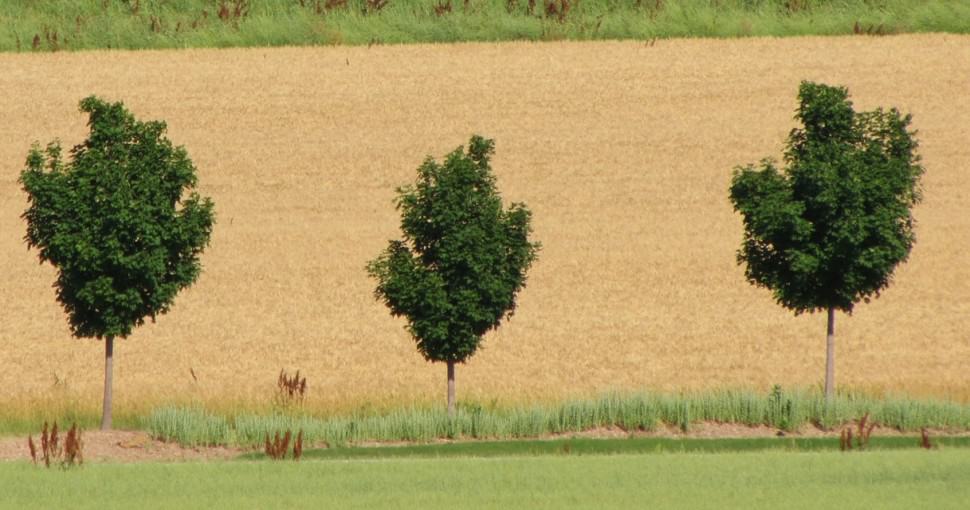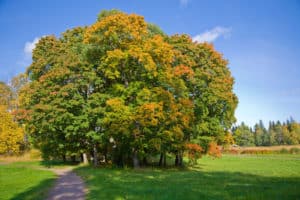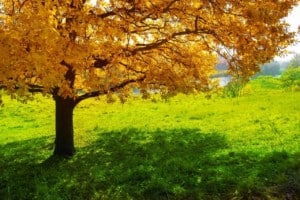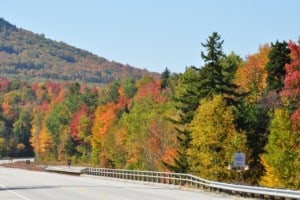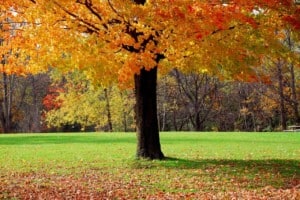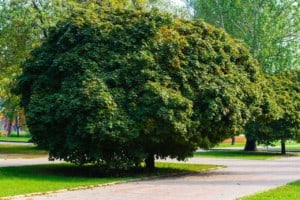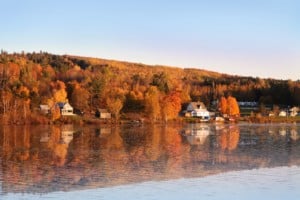Do you want to plant a Maple Tree in your Nebraskan home? Well, even though the Midwestern State is home to many hardwood trees, it doesn’t grow many varieties of the Maple species. With that said, some Maple Trees can thrive in the Cornhusker State. Read on to find the types of Maple Trees in Nebraska that you can grow on your property!
Contents
The Cornhusker State lies in the western part of the Great Plains and experiences a typical Midwestern climate, with hot summers and cold winters. The western side of the state is drier than its eastern counterpart, but temperatures are comparatively consistent throughout the state.
Nebraska is blessed with a versatile landscape with forested valleys, rolling plains, farms, and cities in the east, intermittent streams, treeless plains and grasslands in the west, and corn and wheat fields in the state’s central prairies. Red Mulberry, Hackberry, Bur Oak, and Green Ash Trees are commonly found growing on Nebraskan land. However, the state is also home to three Maple varieties – Sugar, Black, and Bigtooth Maple.
Belonging to the Acer genre, Maple Trees are native to temperature regions of the Northern Hemisphere. Depending on the species, your Maple Tree can grow up to be a medium- to tall-sized tree or a multi-stemmed, shrub-like, small-sized specimen. These are deciduous trees treasured for their spectacular fall foliage and the sweet sap coursing just beneath its bark.
Many Maple species have beautiful, large, lobed leaves that develop flaming orange, red, copper, and orange-yellow hues in fall. These trees have dense, round crowns, hardwood barks, and straight-grained wood. Timber manufacturers use Maple wood to make furniture, flooring, and more wooden objects. Maple Trees produce striking, red-hued, two-winged samaras and clusters of greenish-yellow spring flowers. They also have delicious sap that is used to make maple syrup.
Most Maple trees reach the height of 30 to 70 feet and have an equal or smaller crown. These trees thrive in and around riverbanks, dense forests, residential properties, and other landscapes with moist, free-draining soils. They need at least 6 hours of bright, direct sunlight and indirect or shaded light for the remainder of the day to grow beautiful leaves and well-rounded fruits. Most of these specimens are pretty hardy and drought-resistant. However, you still need to take care of their soil and water requirements.
Here are all the most common types of Maple Trees that you can see in Nebraska.
1. Bigtooth Maple (Acer Grandidentatum)
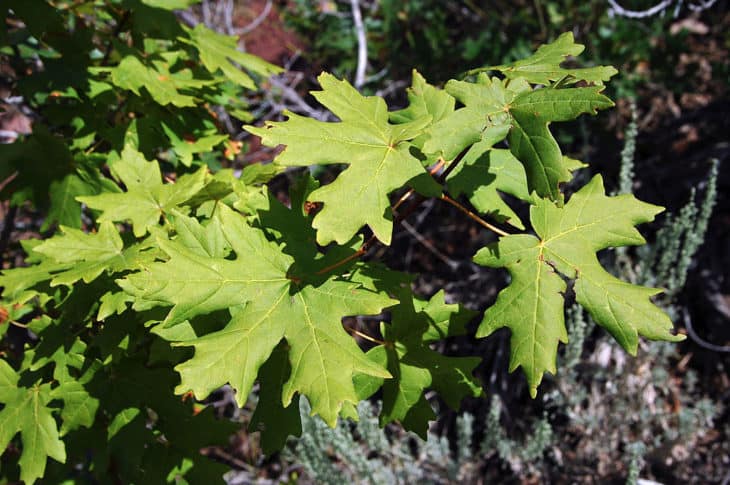
Bigtooth Maple is a western North American native with a shrub-like growth. This smaller Maple species grows up to a height and width of 20 to 30 feet. It typically grows in canyons, foothills, valleys, stream banks, and mountainous regions but can also grow in low desert sites.
Also known as Canyon Maple, Bigtooth Maple features dark green, bluntly lobed, teethed leaves that turn red, orange, and yellow in fall. This tree also grows apetalous, yellow-green spring blooms that grow in pendulous clusters and give way to paired, red-hued samaras. Its tree sap can also be used to make high-quality Maple Syrup.
2. Black Maple (Acer Nigrum)
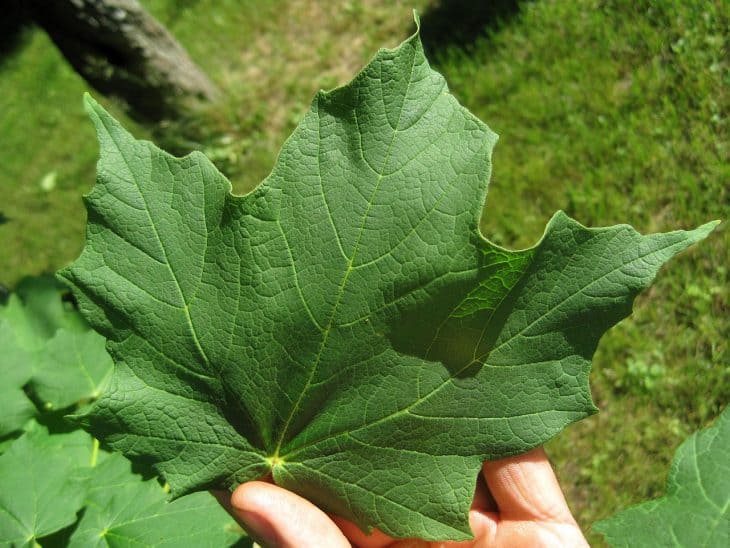
Black Maple is an eastern and central North American native, often grown as a shade or street tree. This large, deciduous specimen grows up to a height of 60 to 75 feet and has a dense, round crown with a 40 to 60 feet width. Black Maple typically grows in rich woods, valleys, ravines, slopes, and along streams. It features ascending branches and dark bark.
Black Maple Trees have dark green, droopy-edged, lobed leaves with hairy undersides. The foliage turns orange, yellow, and red in autumn. Black Maple also grows pale, yellowish-green spring blooms that give to clusters of red, two-winged samaras. The sap tapped from Black Maple is equally as delicious as the one tapped from Sugar Maple Trees.
3. Sugar Maple (Acer Saccharum)
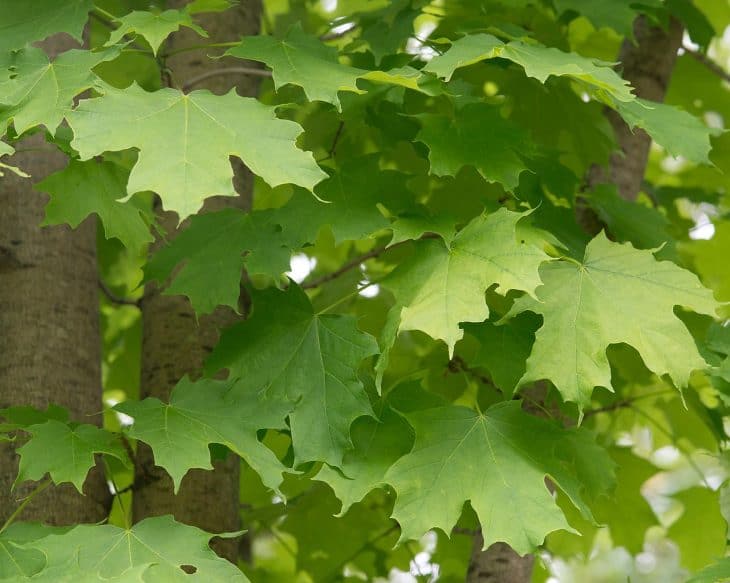
Also known as Hard Maple or Rock Maple, Sugar Maple is native to eastern North America. This slow-growing tree thrives in slightly acidic, free-draining, moist, fertile soils in well-lit areas. Sugar Maple is a deciduous specimen with a dense, round crown of 30 to 60 feet and an overall height of 40 to 80 feet.
This tree yields medium green, large, lobed leaves that turn yellow-orange in autumn. The foliage of Sugar Maple is the Canadian national symbol. Sugar Maple grows two-winged, red samaras and green-yellow flowers. Sugar Maple gets its name from the sweet maple sap that grows through the tree trunk. It’s used to make maple syrup.

